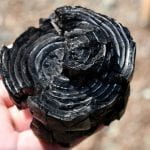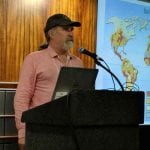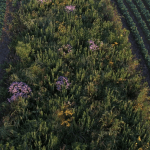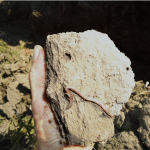 First global map of earthworms reveals which places are chock-full of them—and why.
First global map of earthworms reveals which places are chock-full of them—and why.
“The effects of temperature and rainfall suggest climate change will have a far greater influence on below-ground life than expected, they say.”
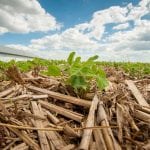 Farmers ‘understand that the climate is changing and we have to adapt’
Farmers ‘understand that the climate is changing and we have to adapt’
Q&A with Fred Yoder, a fourth-generation Ohio farmer
The biochar can then be applied on the farm to improve soil health.
“Interviewing farmers who had already improved their soil, I found hope that we might turn around this almost century-long trend and economically revitalize rural America. Their practices not only restored soil health, but returned profitability to family farms in the span of a few years, as opposed to the decades you would expect.”
“According to studies carried out under the STRIPS program, planting just 10 percent of farmland with native prairie can drastically reduce soil loss and nutrient run-off.”
View project website: Science-based Trials of Rowcrops Integrated with Prairie Strips.
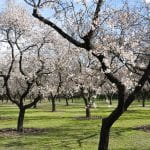 Mother Earth Doesn’t Like to Be Naked
Mother Earth Doesn’t Like to Be Naked
Harvesting almonds is easier on bare dirt—but the soil itself is happier when clothed
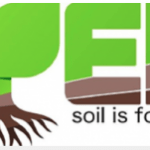 New video series digs into soil health
New video series digs into soil health
A series of 10-to-15-minute, science-centered “PED Talks” on soil health is now available on YouTube. The PED Talks series was created by the Conservation Technology Information Center, Soil Health Institute, Soil Health Partnership, Soil Science Society of America, Soil and Water Conservation Society, and USDA Natural Resources Conservation Service. Named for soil peds, or aggregated particles, the talks combine explanations of soil health, how we can improve it, and the progress that’s being made to ensure soil health. Four talks recorded from live presentations at conferences are currently available online, along with a welcome by NRCS Chief Matt Lohr. The partners plan to continue recording and releasing additional presentations on the PED Talks channel, with a focus on the next generation of scientists and farmer/innovators.
